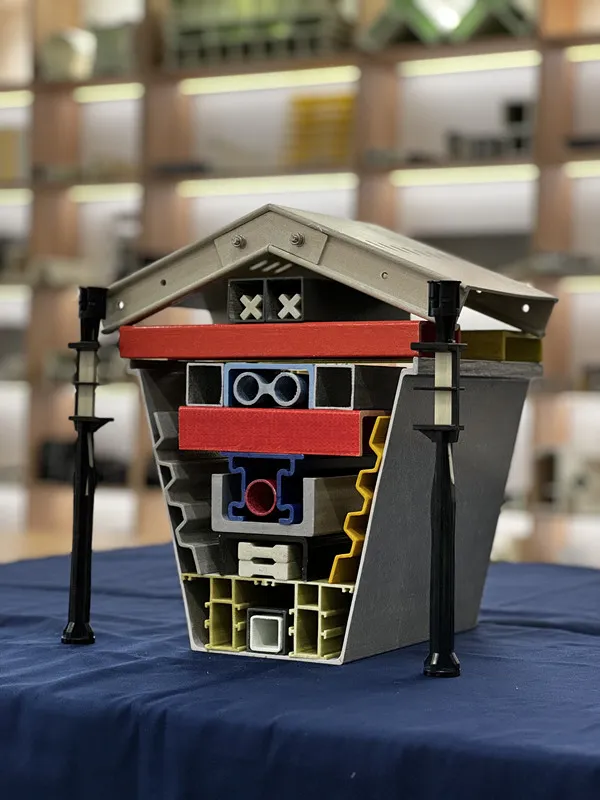The Growing Use of FRP Pultruded Profiles in the Construction Industry
2024-08-13
In recent years, the application of Fiber Reinforced Polymer (FRP) pultruded profiles has seen a significant rise in the construction industry, driven by the need for materials that offer superior strength, durability, and versatility. As the construction sector continues to evolve, architects and engineers are increasingly turning to FRP pultruded profiles for a wide range of applications, from structural elements in high-rise buildings to components in infrastructure projects.
One of the key reasons for this growing adoption is the unique properties of FRP pultruded profiles. Unlike traditional materials such as steel or aluminum, FRP profiles are lightweight, corrosion-resistant, and require minimal maintenance. These attributes make them particularly well-suited for use in harsh environments, where exposure to chemicals, moisture, or extreme weather conditions can lead to rapid degradation of conventional materials.
Recent industry developments highlight the expanding use of FRP pultruded profiles in high-profile construction projects around the world. For instance, several new bridges in Europe and North America have incorporated FRP profiles in their design, benefiting from the material's high strength-to-weight ratio and its ability to be easily fabricated into complex shapes. These projects demonstrate not only the technical advantages of FRP but also its potential to reduce overall construction costs and timelines.
In the realm of building construction, FRP pultruded profiles are increasingly being used in the construction of facades, roofing systems, and curtain walls. Their non-conductive nature makes them ideal for applications where electrical insulation is critical, and their ability to withstand UV radiation and other environmental factors ensures a long service life. Moreover, FRP profiles offer design flexibility, allowing architects to create innovative and aesthetically pleasing structures without compromising on performance.
The trend towards sustainability in construction is another factor contributing to the popularity of FRP pultruded profiles. As buildings and infrastructure are designed to meet stricter environmental standards, FRP's ability to reduce the carbon footprint through its durability and low maintenance requirements becomes increasingly attractive. In many cases, FRP profiles are being chosen over traditional materials specifically for their environmental benefits, aligning with the global push towards greener construction practices.
Furthermore, advancements in FRP manufacturing technologies have led to the production of profiles that are even more cost-effective and customizable. Manufacturers are now able to produce FRP profiles in a variety of sizes, shapes, and finishes, tailored to meet the specific needs of different construction projects. This level of customization is driving further innovation in how FRP is utilized across the industry, opening up new possibilities for its application.
As the construction industry continues to innovate, the role of FRP pultruded profiles is set to expand even further. The ongoing shift towards more resilient, sustainable, and efficient building practices will likely see FRP becoming a material of choice for an even broader range of applications, from residential housing developments to large-scale infrastructure projects.
In conclusion, the growing use of FRP pultruded profiles in the construction industry is not just a passing trend, but a reflection of the material's ability to meet the evolving demands of modern construction. With its combination of durability, versatility, and environmental benefits, FRP is poised to play an increasingly important role in shaping the future of the built environment.





